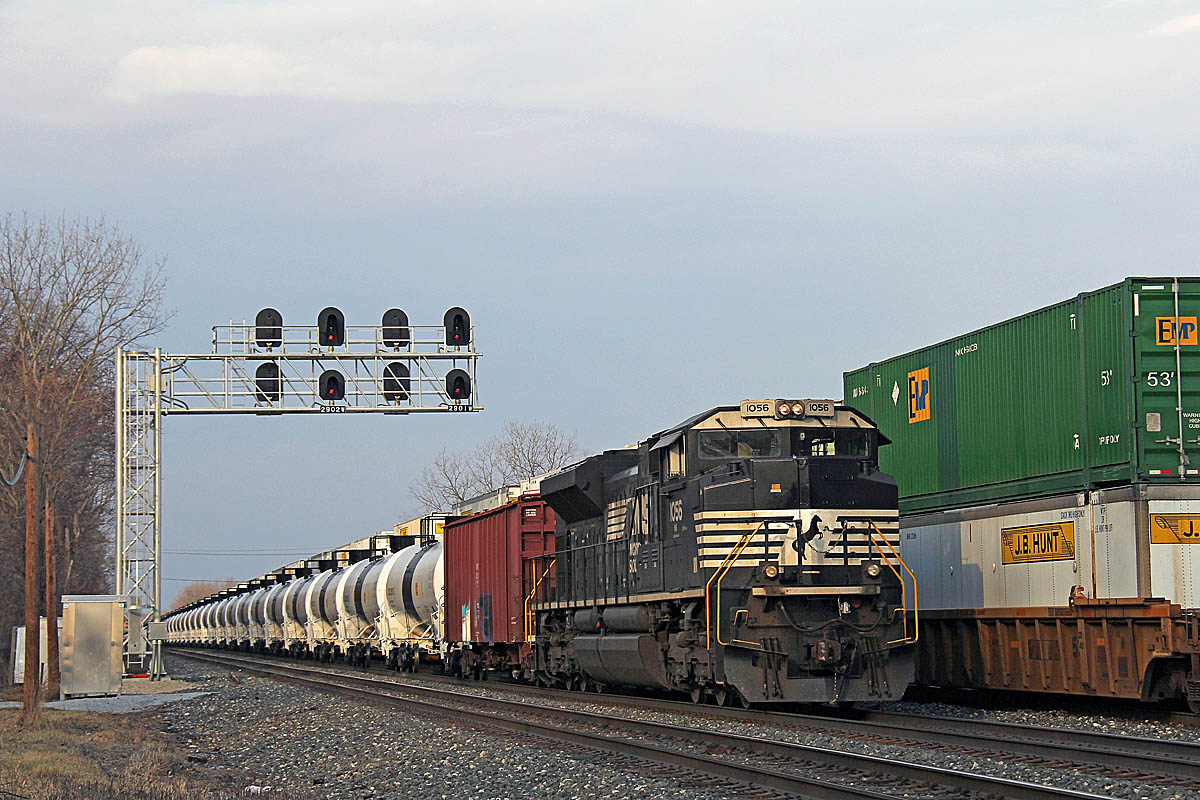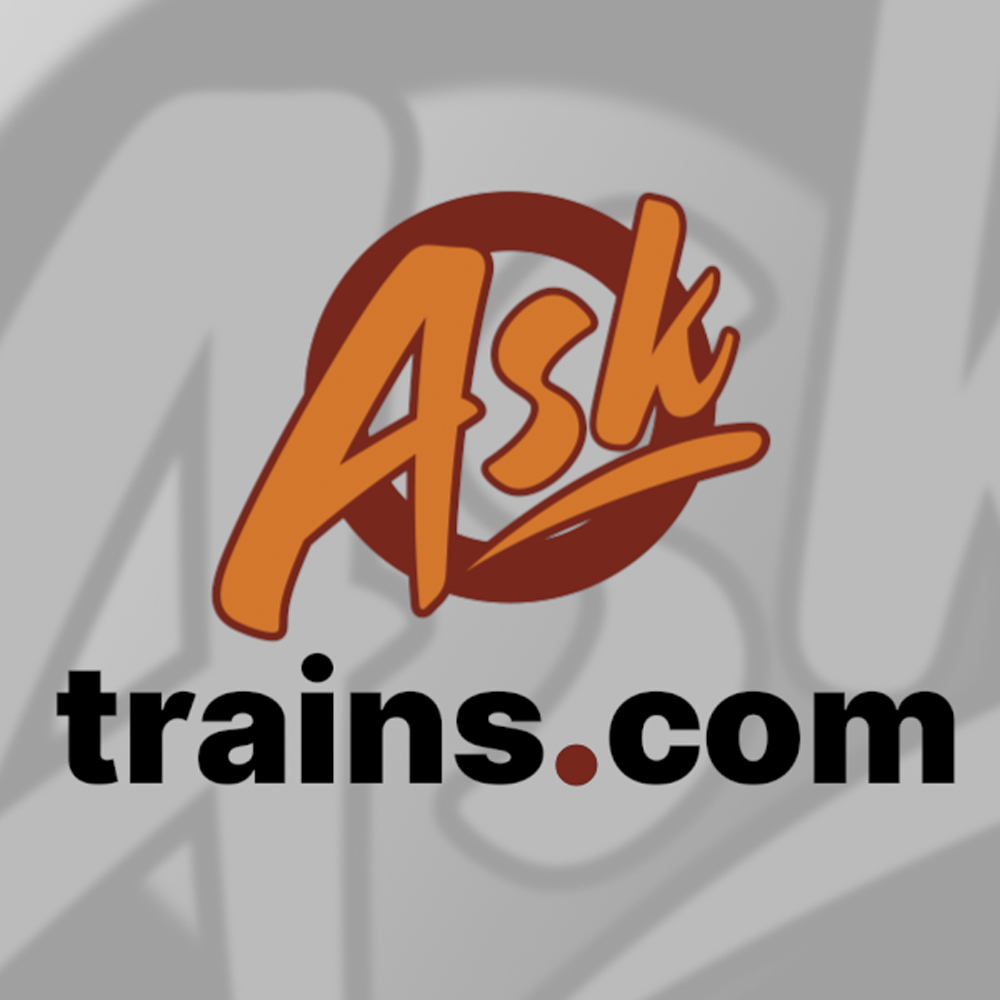A The short answer is, “it depends.” Most Class I railroads have embraced distributed power operations, the use of non-manned locomotives in the middle or at the end of a train.
CSX Transportation and Norfolk Southern, especially in northern Ohio, are slow to adopt the practice, however. Both railroads have conducted tests in recent years on distributed power operations in other parts of their systems, and NS ran crude oil unit trains from Chicago to the Northeast with distributed power for a time. In such usage, the locomotives at the end of the train were unmanned and operated remotely from the head end.
Manned helper locomotives, while less prevalent than in the past, are still a part of the modern railroad scene. They appear most frequently in mountainous terrain, such as on Montana Rail Link in the Rocky Mountains or BNSF Railway in the Cascade Mountains. They also appear regularly in places you wouldn’t necessarily expect, like Fond du Lac, Wis. There, Canadian National uses extra motive power to push southbound trains across Byron Hill on a daily basis.
Helper locomotives can also be an ad hoc remedy, especially as railroads try to minimize power use through a train’s journey. In western Ohio, on CSX’s former Conrail Indianapolis Line, the railroad will at times need to push an underpowered train up Bellfountaine Hill, a grade that once rated regular helper service in the days of steam. – Brian Schmidt











